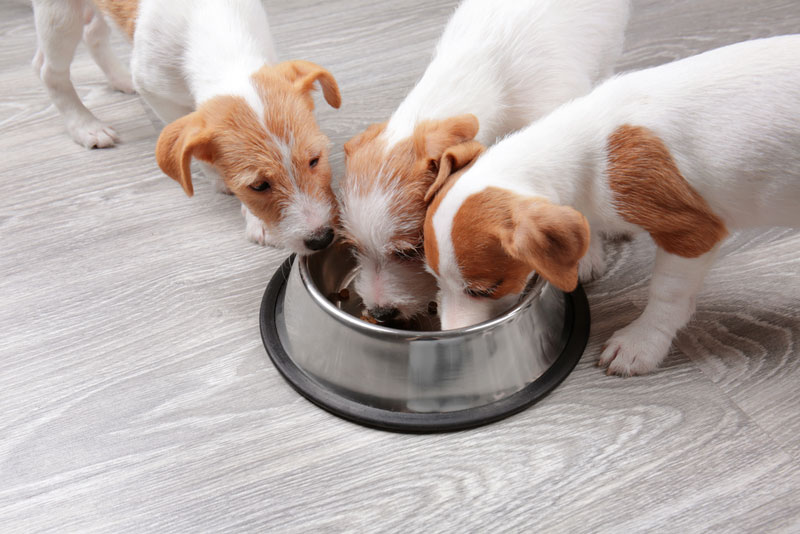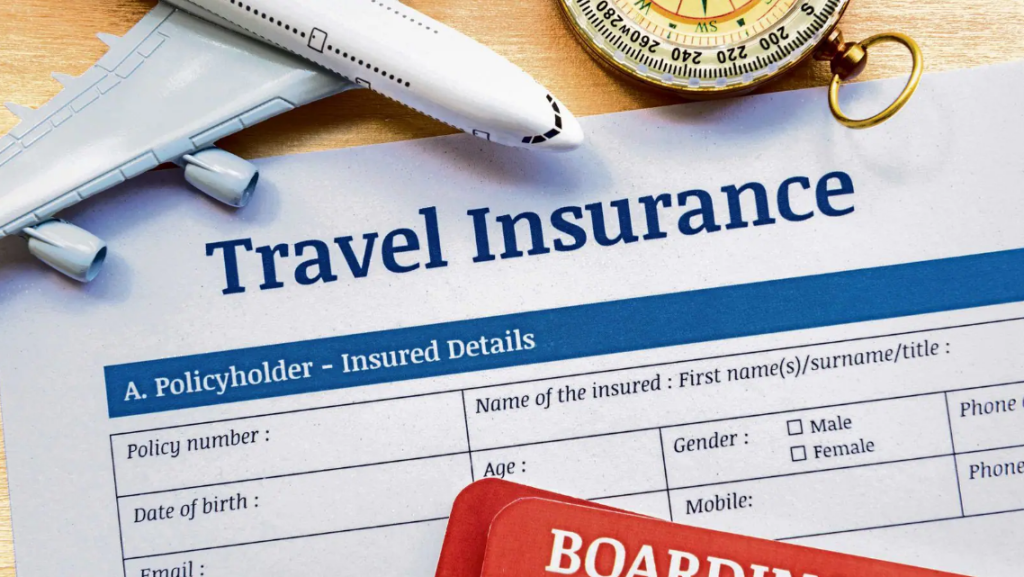The hospitality market is quickly-paced and ever-shifting, generating it just one of the most challenging environments to navigate. To be profitable, having a agency grasp of the most critical KPIs for the hospitality marketplace is a will have to-do for businesses.
The rapidly-increasing hospitality marketplace right now addresses several categories, from accommodations and resorts to dining places and celebration venues. KPIs (Essential General performance Indicators) make it much easier for hoteliers to measure and observe development, detect places of enhancement, and set aims. Having said that, with these types of diversity at enjoy, determining which KPIs are most critical to monitor can be demanding, to say the minimum.
Let’s be clear — KPIs fluctuate from resort to hotel, and even inside of an organization’s different departments, campaigns, or tasks (solely dependent on its plans). Despite this simple fact, several KPIs are also universally fundamental for hospitality organizations of all dimensions.
What Does KPI Indicate? Why Is It Essential?
Right before we delve into why KPIs are crucial, let us recognize what it stands for:
Critical overall performance indicators are a established of certain, measurable values that firms use to keep track of and assess how near they’ve arrived at in the direction of reaching crucial goals — from profits and internet marketing to products improvement and consumer company perspectives.
Some frequent examples of KPIs consist of measures of revenue functionality, marketing and advertising usefulness, buyer gratification, and operational effectiveness. When KPIs can be beneficial progress applications, they should really only be employed as portion of a larger approach for evaluating progress and producing choices, not in isolation.
In the hospitality marketplace, KPIs are regarded diverse from metrics and are highly encouraged to keep track of to keep in advance of the flooding levels of competition. While metrics share an overview of a hotel’s over-all overall performance, KPIs dissect it into subcategories for a clearer, thorough search into their company effectiveness.
In most conditions, hoteliers keep track of the range of friends, earnings, occupancy charge, shopper gratification, and so on. to get insights and identify parts of improvement in their companies. For instance, if you receive a reduced ranking, analyzing the crucial indicators will enable have an understanding of how dissatisfied your consumer was with the cleanliness, place service, foods, amenities, and so forth.
11 Critical KPIs To Observe For Hoteliers
In this article are some of the most critical KPIs for the hospitality marketplace that hotelier gurus use usually, from a economic standpoint:
- Occupancy Amount: Occupancy rate is a measure of how a lot of rooms in a resort/lodging property are being applied at any specified time, ordinarily expressed as a percentage.
A large occupancy fee is frequently a positive indicator, indicating that the lodge is attracting extra purchasers and creating earnings. A reduced occupancy price, on the other hand, can be a sign of declining profits and earnings.
Hoteliers can test the following guidelines to enhance their occupancy charges:
- Provide excellent guest working experience, together with higher-top quality rooms to the friendly staff members.
- Be far more seen on on the internet booking sites/simple to locate by potential guests browsing for accommodations.
- Email special promotions and promotions to entice past customers
- Common Day by day Price (ADR): As the title suggests, the Ordinary Everyday Rate (ADR) falls under the basic hotel overall performance metrics utilised to come across out the average fee paid out for rooms booked every single day. Hoteliers evaluate the ADR by dividing the in general revenue produced from resort bookings by the whole range of rooms offered, normally expressed in USD currency.
For instance, let us say Lodge X has successfully booked 100 rooms at an regular price tag of $150/night time — listed here, the ADR stands at $150. The ADR metric is very useful when it will come to monitoring and benchmarking a meant hotel’s general performance from rivals, and identifying traits and seasonality in need.
- Profits For each Offered Home (RevPAR): Earnings for each Offered Home (RevPAR) assists evaluate how substantially earnings a lodge can raise for every single obtainable home it’s usually used to compare how different motels are doing against each and every other.
RevPAR is calculated by multiplying two very important hospitality marketplace KPIs, i.e., the Average Every day Charge (ADR) by the Occupancy Fee. For instance, if Lodge X initiatives an ADR of $100 and an Occupancy Charge of 80%, its RevPAR total would sum up to $80..
Observe: Different variables can influence a property’s RevPAR quantity, which include the site, seasonal buzz, the variety of guests the lodge commonly appeals to, and many others.
- Typical Length of Continue to be (ALOS): ALOS metrics assistance compute how prolonged guests remain at a house by dividing the total quantity of nights stayed by the complete number of guests checking in/out through a interval. Suppose 5 individual attendees booked Hotel X for ten evenings — the common size of keep, in this circumstance, would be two nights.
One particular of the most essential KPIs for the hospitality business, ALOS, helps assets house owners get an concept of their guests’ goal of stay. For example, a for a longer period ALOS could possibly indicate leisure, though a shorter ALOS is usually inclined toward enterprise motives. While booking durations can range depending on the home sort, locale, and time of yr, the ALOS for all inns is commonly involving two-three nights.
To find out how to get much more direct lodge bookings, read through this.
- Space Form Index (RTI): Hoteliers normally use the Area Variety Index to depend how lots of rooms are readily available for bookings, in comparison to the overall.
If Hotel X has a overall of 100 rooms and an RTI of 80%, it means that eighty rooms are open for scheduling, while the other 20 are not. Aside from, this hospitality marketplace KPI also allows determine the rooms that typically remain in higher need. And finally, it can help make more educated selections, these types of as no matter if or not the hotel needs enlargement or much more rooms of a particular sort.
- RevPAR Home Kind Index (ReRTI): When it comes to lodge bookings, not all place forms conduct equally. The RevPAR Room Sort Index (ReRTI), in this state of affairs, will help evaluate the profits that a specific home type pools in, when compared to the regular income that all area styles normally crank out.
To compute ReRTI, merely divide the full space earnings by the variety of rooms of that variety. For occasion, if Lodge X projects an RTI of 80 for its regular rooms and a RevPAR of $100, its ReRTI stats would be 1.25. This even more indicates that the hotel is generating 1.25 moments more earnings from its standard rooms than the regular hotel. Again, if Resort X has acquired $100,000 in profits from its 100 deluxe suites, the ReRTI for those suites would be $1,000.
Essentially, these hotel effectiveness metrics empower hoteliers to effortlessly stage out which home sorts (e.g., common, deluxe, presidential) are undertaking badly and require specific focus.
- Market place Penetration Index: The Marketplace Penetration Index (MPI) shares insights into the romantic relationship in between the amount of rooms offered and the range of rooms/evenings sold in a certain hospitality industry. It is calculated by dividing the overall range of resort rooms offered in the industry by the selection of rooms available for lease.
For case in point, if Resort X has a 10% sector share in a place with 99 other opponents, its MPI would be .1. Currently being one of the important KPIs for the hospitality marketplace, it permits hoteliers to keep track of their development in penetrating a target market and gives insight into which markets are most beneficial to target on.
To study about the hottest hotel technological developments in the market, study this.
- Returns of Marketplace Financial investment (ROMI): Market place ROI (ROMI) is the incremental earnings that a lodge generates by its internet marketing initiatives, or for just about every greenback put in on its promotional campaigns and initiatives. For illustration, if a residence owner spends $100 on internet marketing and swimming pools in $500 in earnings, its market place ROI would stand as 5:1.
Hoteliers commonly pool in ROMI by driving reservations by their website, 3rd-bash scheduling websites, and offline channels these as journey brokers. By monitoring the bookings produced from each individual of these channels and comparing them to the advertising expenses linked with just about every channel, the internet marketing returns can be effortlessly calculated.
- On-line Critiques & Ratings: Speaking of hospitality marketplace KPIs that make a substantial distinction, we simply cannot neglect online testimonials. When organizing a vacation, vacationers 1st lookup for close by lodges for accommodation purposes. Once they come across an possibility they are intrigued in, one of the initially matters they do is examine the online critiques remaining by preceding visitors. And whilst a adverse assessment can damage business, a good review can be just as worthwhile.
As per studies, 70.9% of holidaymakers confess that a hotel’s on line existence (evaluations and rankings) influences their buy decision the most. 5 out of 10 vacationers stray absent from booking rooms in a hotel with zero on line opinions. Beneficial opinions assistance to develop belief with potential shoppers, really encourage them to guide with your lodge around other folks, and assistance to strengthen your hotel’s ranking on search engines.
- Gross Operating Financial gain (GOP): Described as the variation involving a hotel’s full revenue and its total operating expenditures, GOP is a lodge functionality metric that projects the complete revenue attained, just before deducting taxes and other fees.
GOP will help resort owners and managers have a obvious photograph of how substantially cash their lodge is creating (or losing). It also helps compare their profitability to their rivals, and make improvements to their business enterprise functions that in essence make improvements to their base line.
- Gross Running Income for every Offered Place (GOPAR): Speaking of GOP, here’s a sub-KPI to be informed of, i.e. Gross Running Revenue per Out there Place (GOPAR). This metric is calculated by dividing a hotel’s gross operating profit by the variety of rooms offered for friends.
GOPAR falls below important hospitality market KPIs to pave a way for assets entrepreneurs to evaluate the profitability of accommodations of various measurements in a granular view. For instance, two lodges might project a very similar GOP at a time. However, if just one lodge has 2 times as numerous rooms as the other, it’d in a natural way have a lessen GOPAR. Apart from, a tiny resort with a GOPAR of $100/space may well be much more rewarding than a greater property with a GOPAR of $50/room.
Conclusion
The multi-billion hospitality sector boasts different KPIs to establish how well a house may perform in a current market – from occupancy fees to online critiques. That said, next our list of aforementioned metrics will absolutely retain you in advance of the curve.
Struggling with controlling your daily lodge functions and boosting visitor activities at the similar time? Automate daily tasks with InnQuest’s primary lodge administration application that quadruples performance, manages all info at a central put, and a lot more.





More Stories
Lab-Grown Diamonds in Cardiff: Affordable and Ethical Choices
Chow Time Choices: Finding the Perfect Dog Food
Unlocking Peace of Mind: A Comprehensive Guide to International Travel Insurance